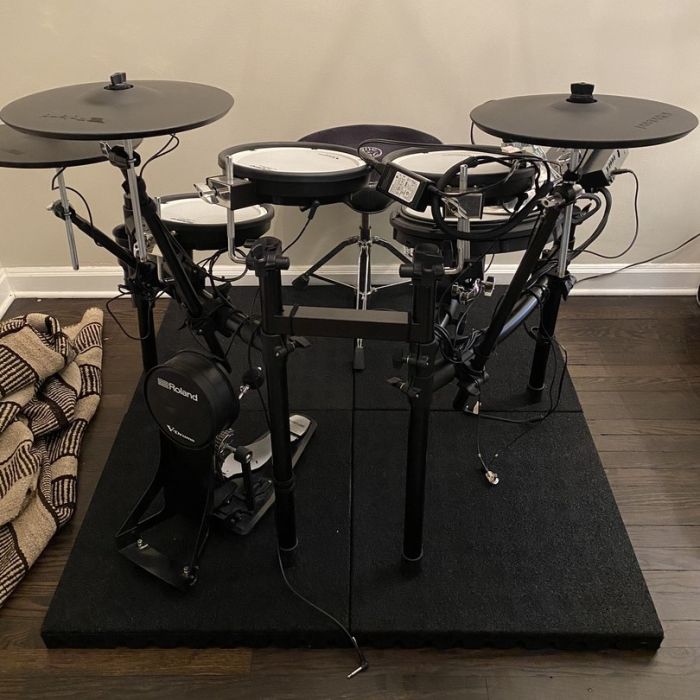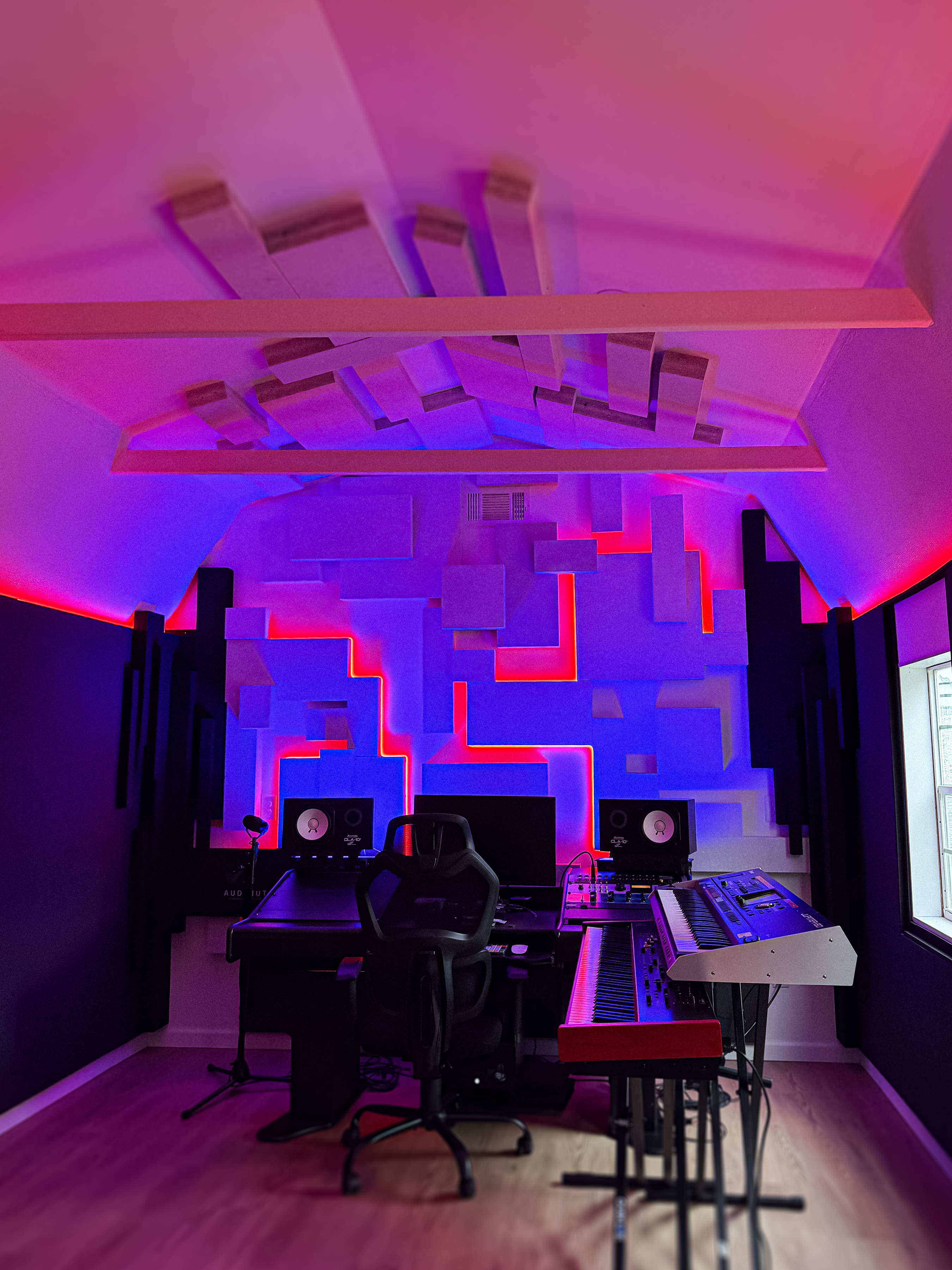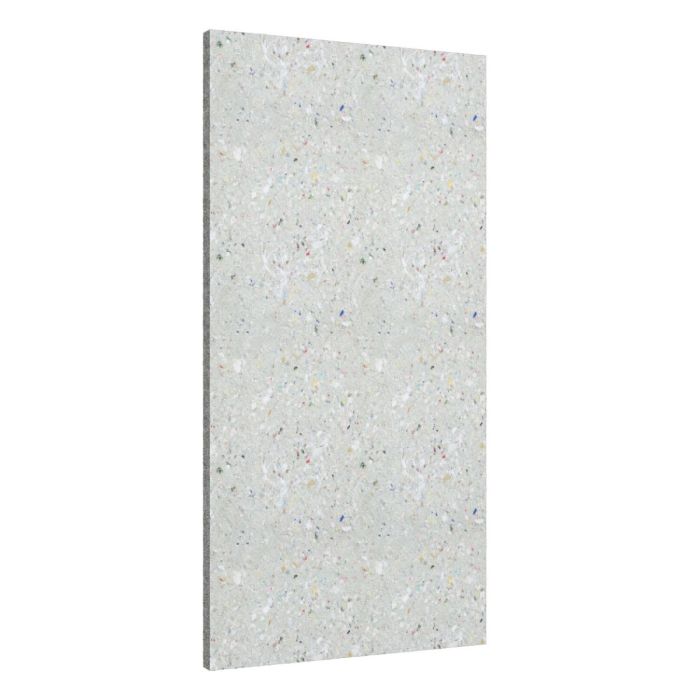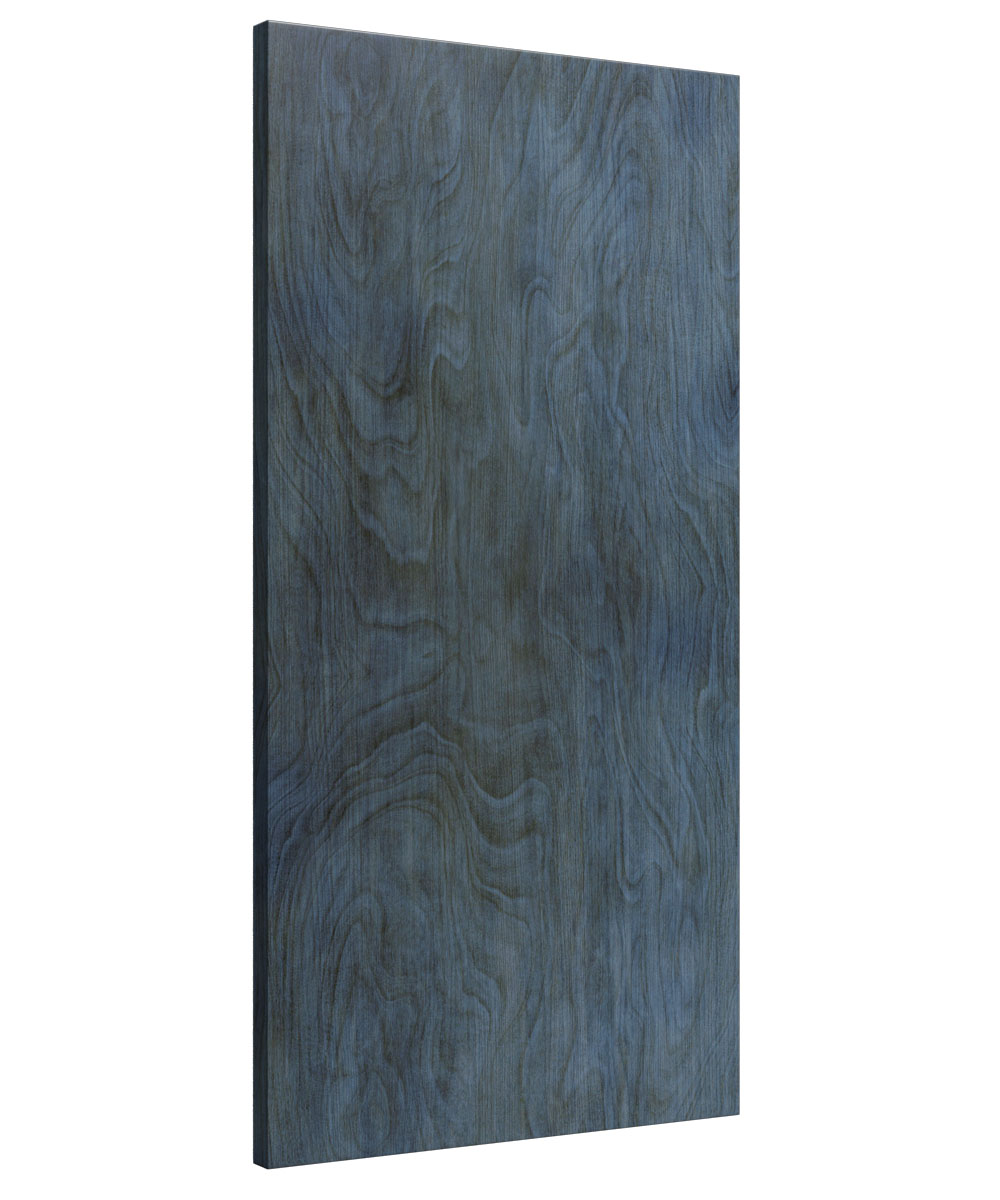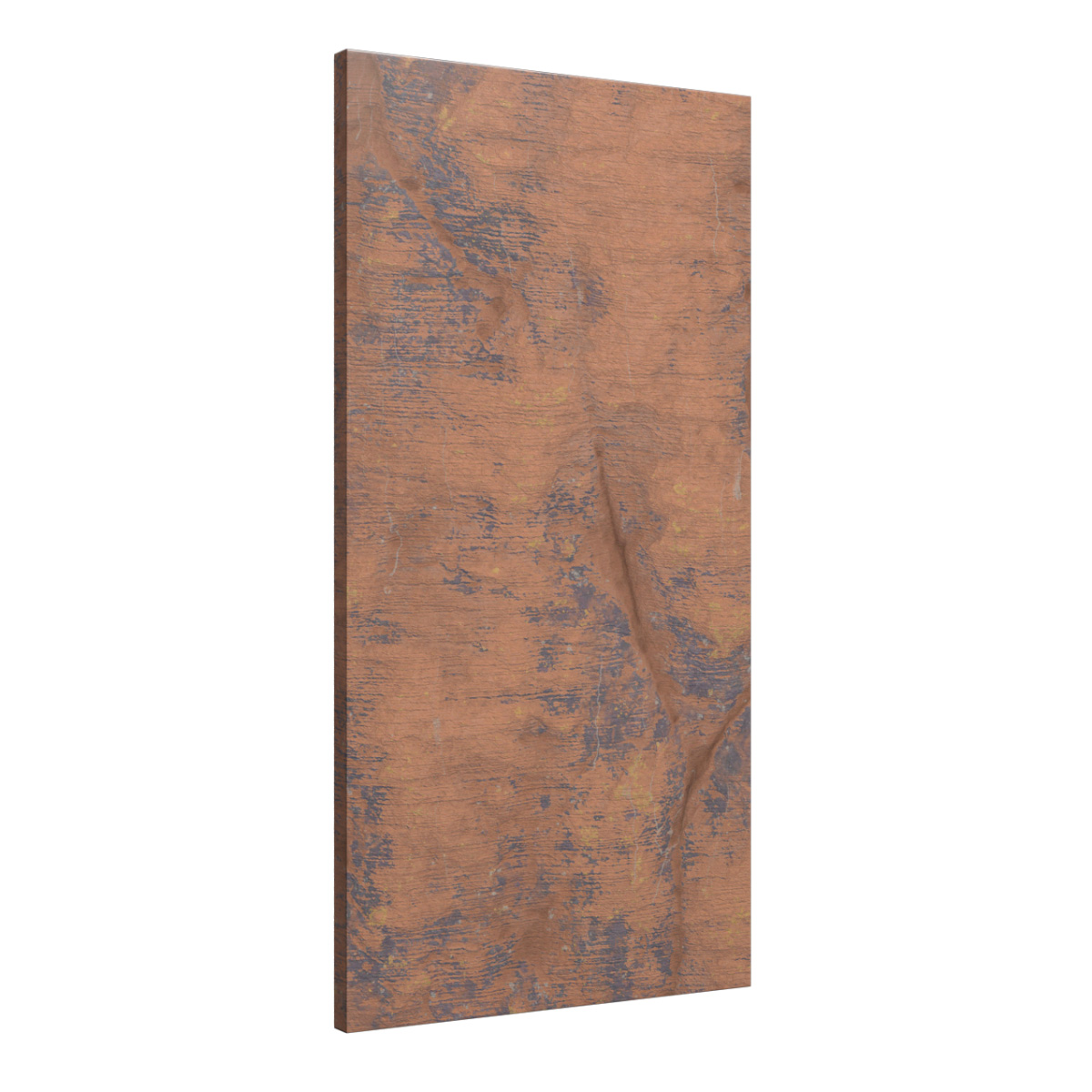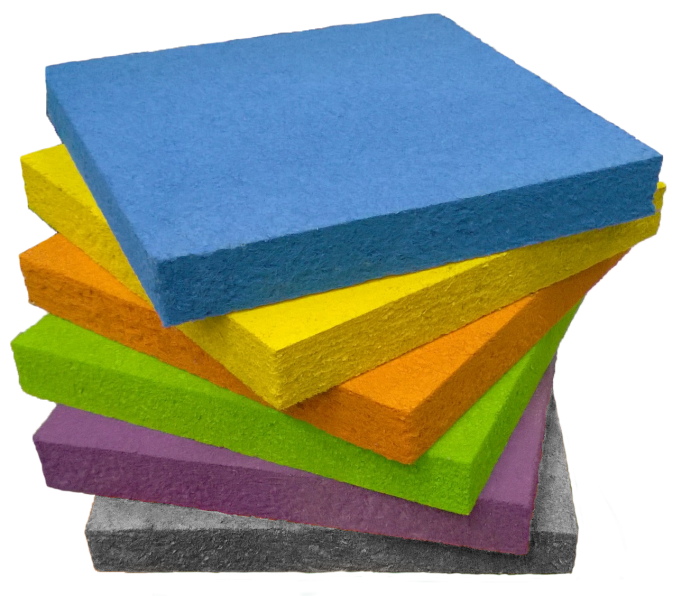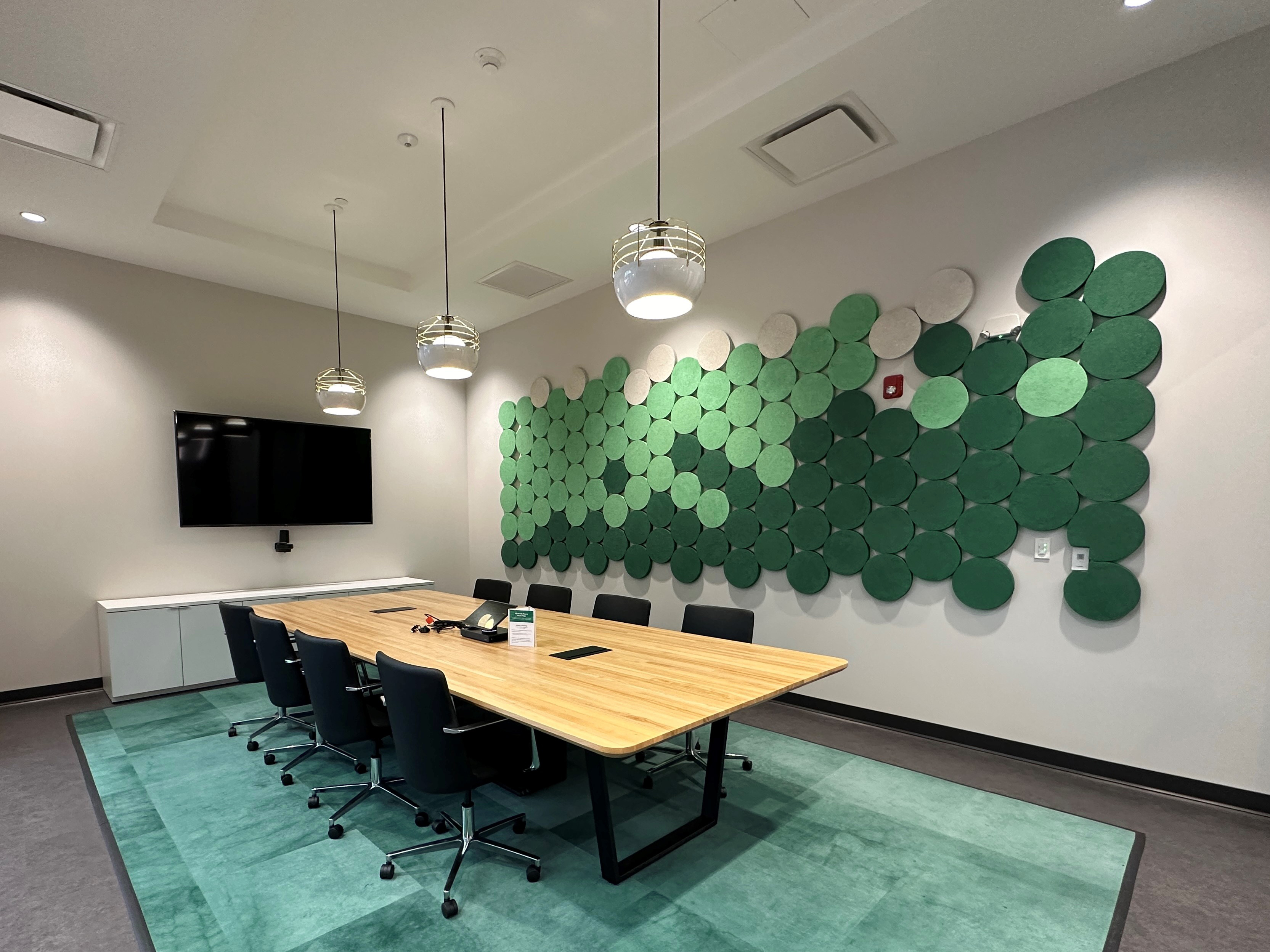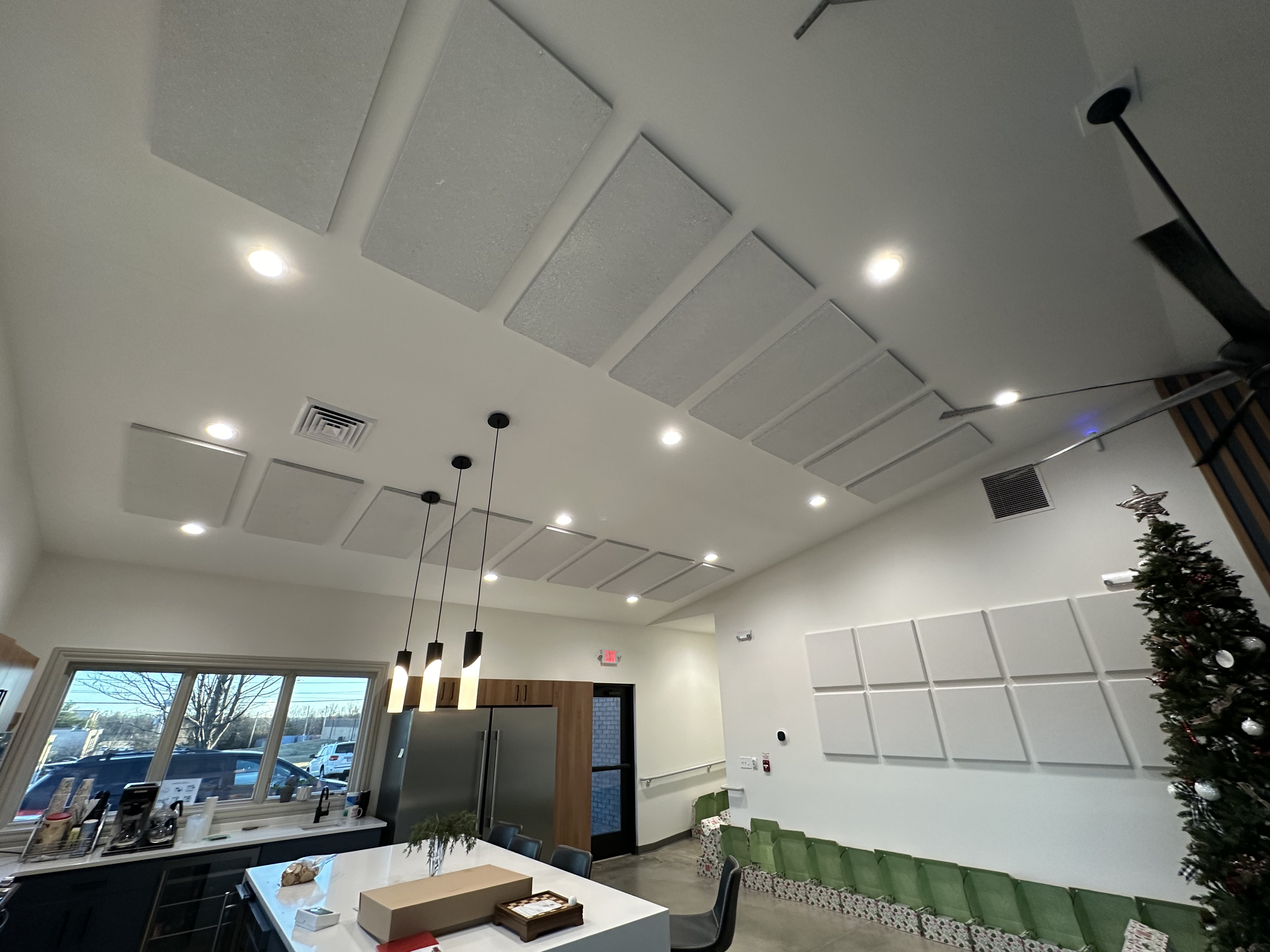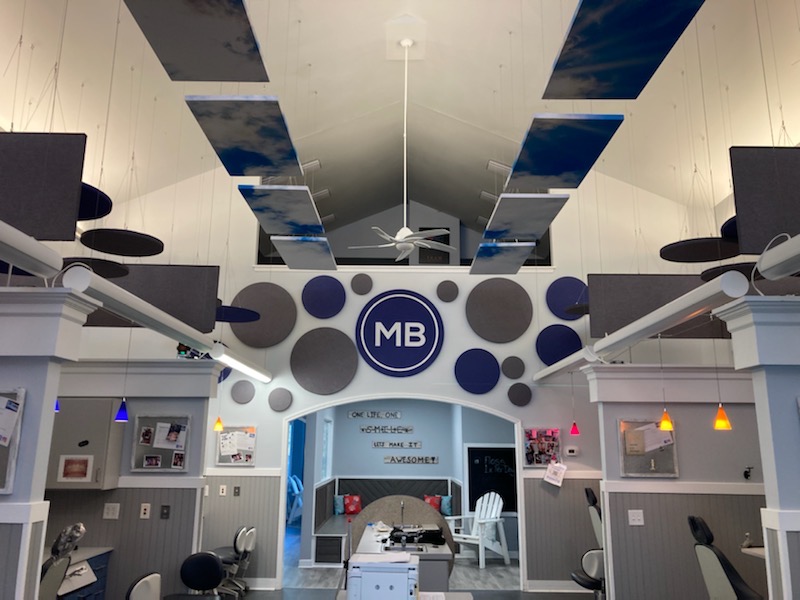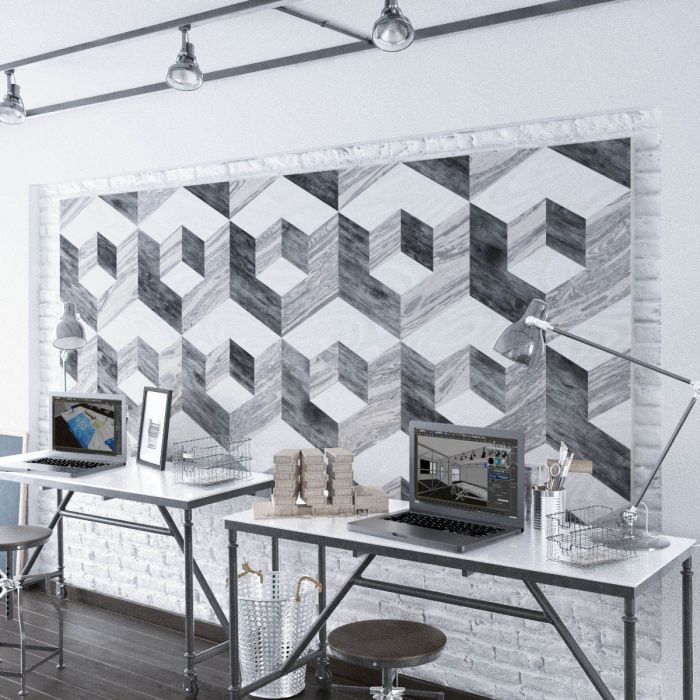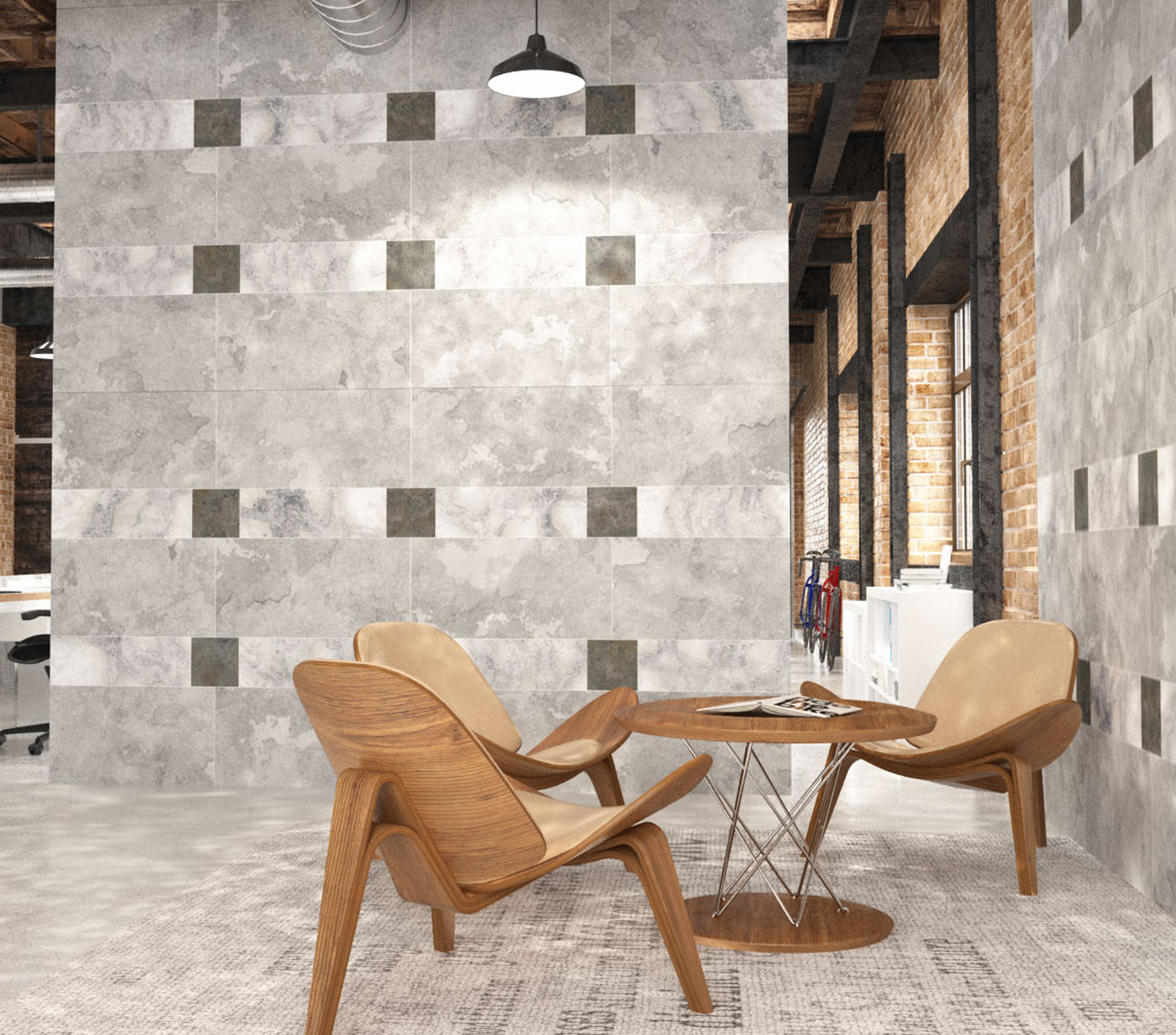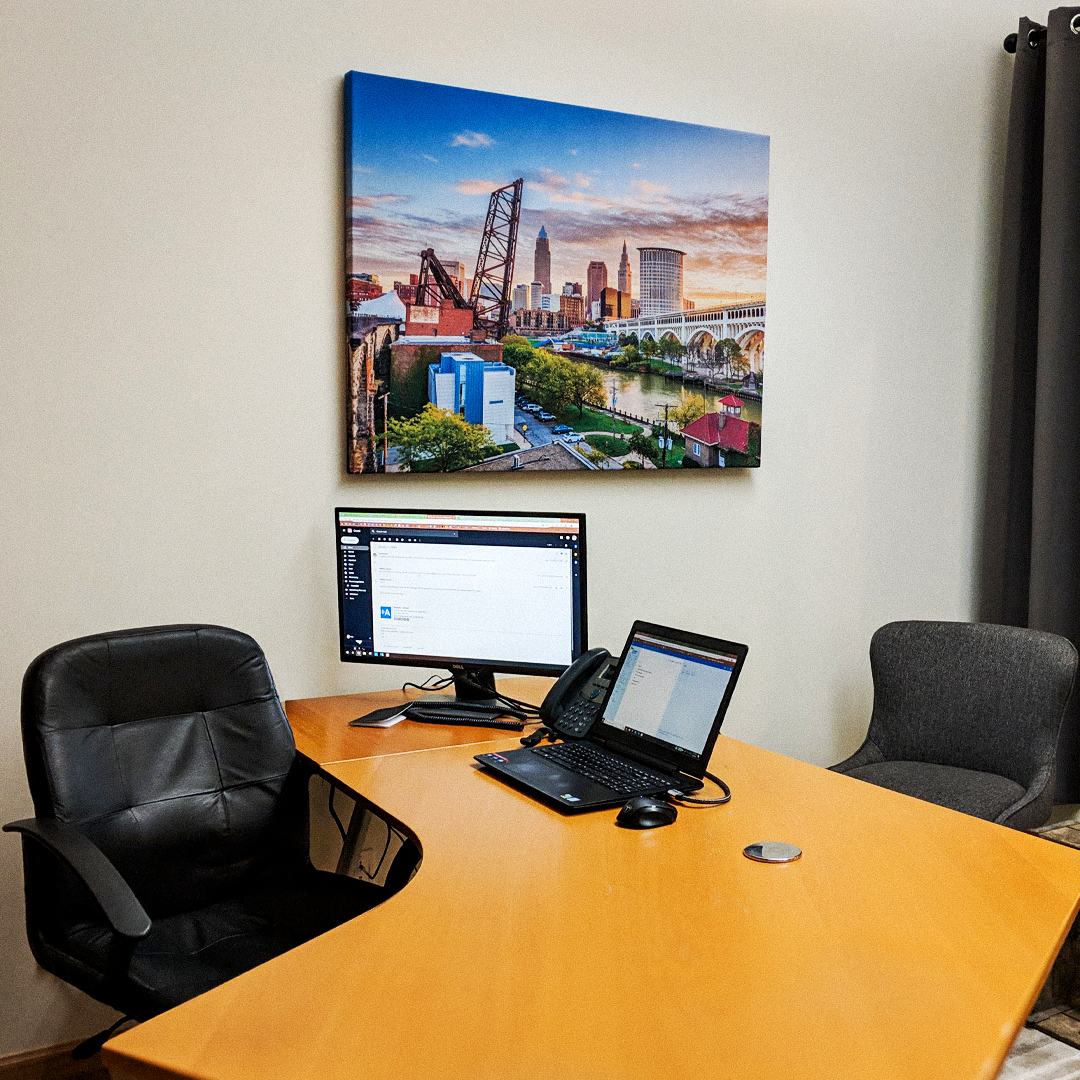How to Stop Vibration Noise
- Nov 7, 2025
When sound vibrations from a drum set, appliance, or speaker resonate into the floor of a home or apartment, it often wreaks havoc on those in the room or unit below. These structural noises, as opposed to sound waves traveling through the air, can be difficult to control and require a sound management technique known as decoupling.
What is Decoupling?
Decoupling is the separation of two connected surfaces or items so that sound energy (in this case, vibration) does not easily transfer between them. For example, if you place your iPhone directly on a hardwood floor and it vibrates from a notification or incoming call, the vibration travels through the floor and can be felt across the room. But if you place the iPhone on a pillow before setting it on the floor, the pillow absorbs much of the vibration, preventing it from easily reaching the floor and making the vibration much less noticeable.
The same principle applies to larger items that produce vibration noise: speakers, subwoofers, amplifiers, drum sets, even household appliances. By placing a buffer between these items and the surface on which they stand, vibration noise can be dramatically reduced.
How to Decouple Vibrating Items
Thick rugs and carpets are good "shock absorbers" and can help reduce vibration or impact noise when placed underneath vibration-producing instruments or equipment.
Foam mats or special pads like Audimute's Peacemaker® Isolation Pad (made from 100% recycled rubber) can also be used for larger items like drum sets, speakers, amps, subwoofers, or office applicances.
If you're seeking to reduce vibration or impact noise across a wide area, a more substantial soundproofing solution might be required. While it's not an option for everyone, the addition of a "floating floor" with a layer of a product such as Audimute's Peacemaker® Soundproofing Underlayment - 6 mm inserted beneath can make a significant difference.


